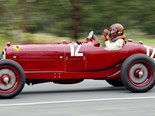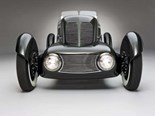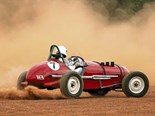1953 JSR Ford Special
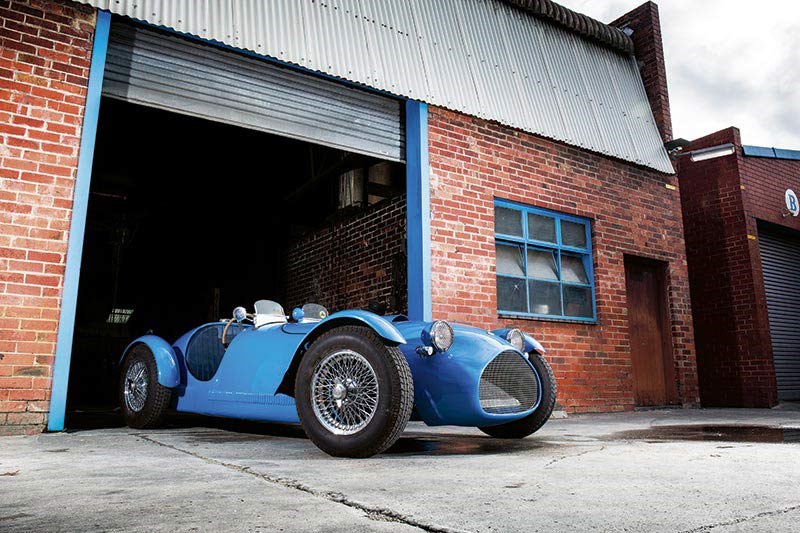 1953 JSR Special
1953 JSR Special

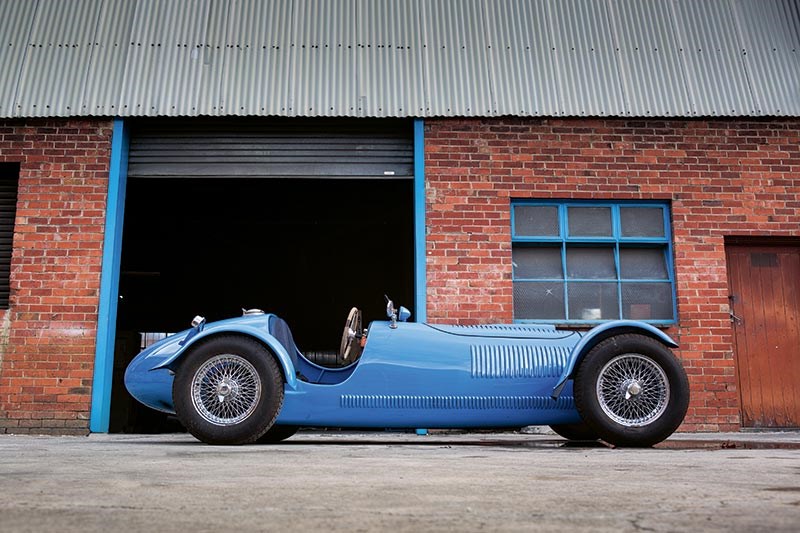 1953 JSR Special
1953 JSR Special

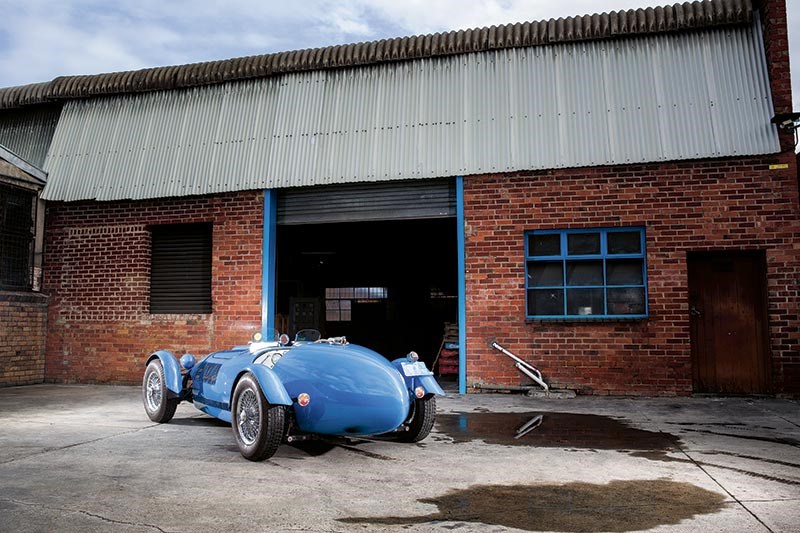 1953 JSR Special
1953 JSR Special

 1953 JSR Special
1953 JSR Special
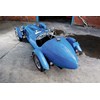
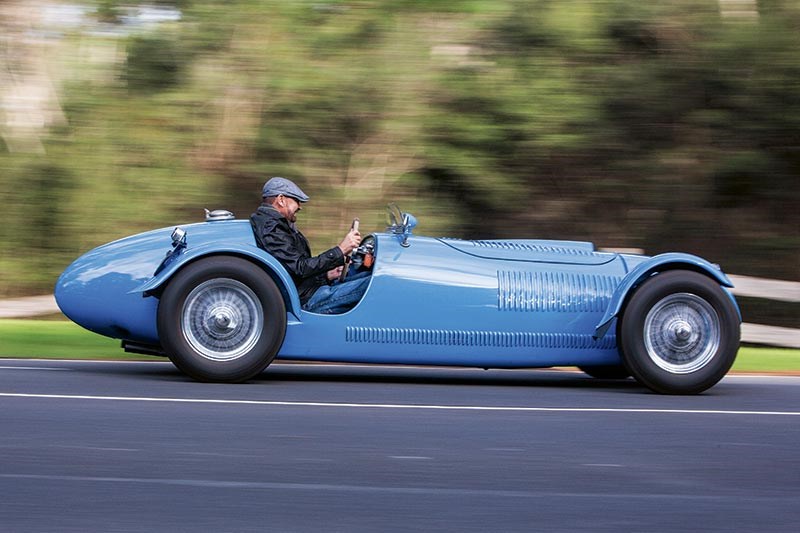 1953 JSR Special
1953 JSR Special

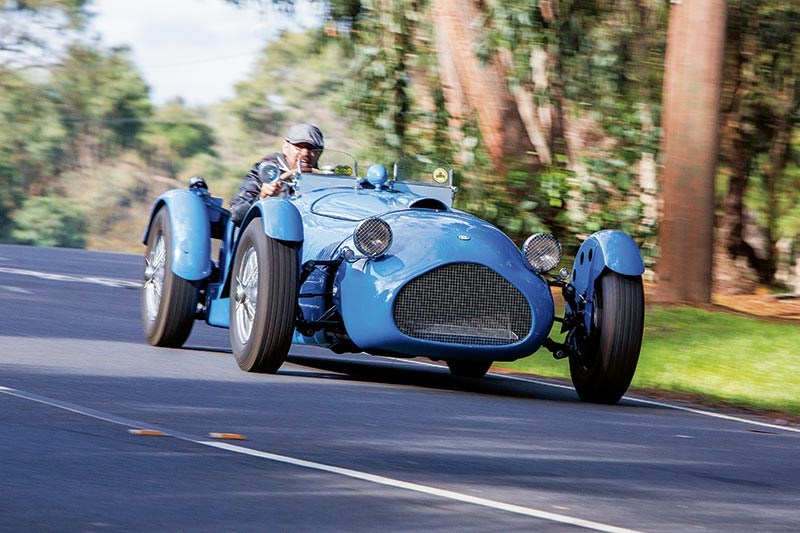 1953 JSR Special
1953 JSR Special

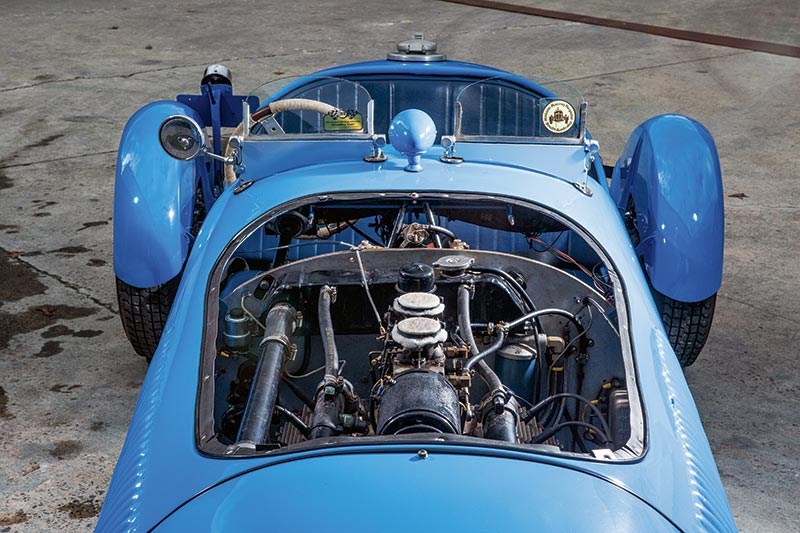 1953 JSR Special
1953 JSR Special

 1953 JSR Special
1953 JSR Special
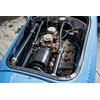
 1953 JSR Special
1953 JSR Special

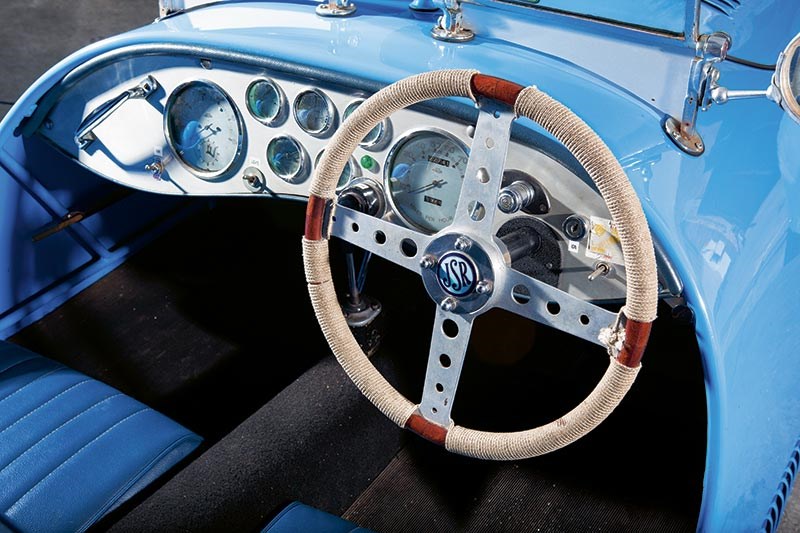 1953 JSR Special
1953 JSR Special

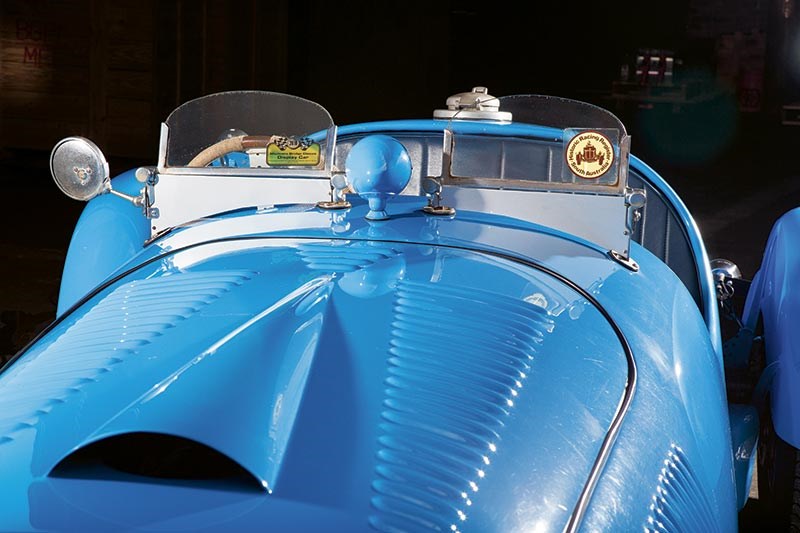 1953 JSR Special
1953 JSR Special

 1953 JSR Special
1953 JSR Special

 1953 JSR Special
1953 JSR Special
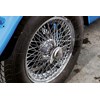
 1953 JSR Special
1953 JSR Special

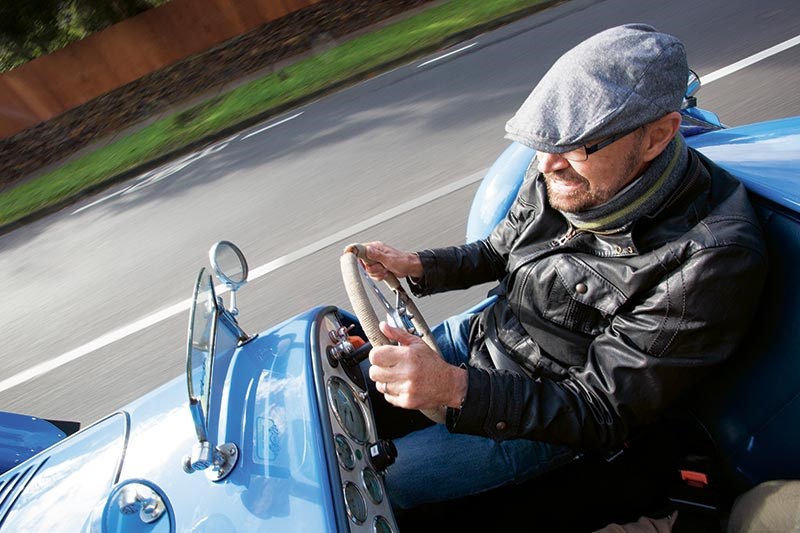 1953 JSR Special
1953 JSR Special

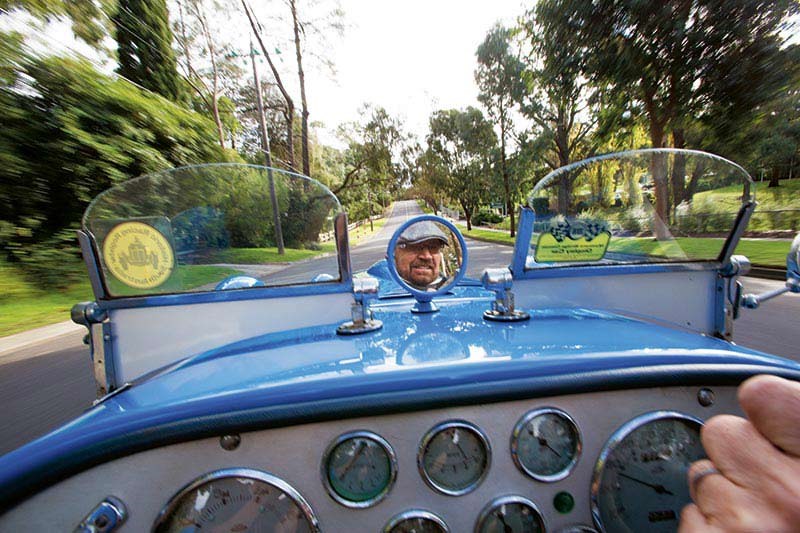 1953 JSR Special
1953 JSR Special


|
|
1953 JSR Special
|

|
|
1953 JSR Special
|

|
|
1953 JSR Special
|

|
|
1953 JSR Special
|

|
|
1953 JSR Special
|

|
|
1953 JSR Special
|

|
|
1953 JSR Special
|

|
|
1953 JSR Special
|

|
|
1953 JSR Special
|

|
|
1953 JSR Special
|

|
|
1953 JSR Special
|

|
|
1953 JSR Special
|

|
|
1953 JSR Special
|

|
|
1953 JSR Special
|

|
|
1953 JSR Special
|

|
|
1953 JSR Special
|
John Bowe drives an overlooked piece of Aussie motoring history: the one-off JSR Ford Special...

|
|
1953 JSR Special
|
1953 JSR Special
ONE AND ONLY
You might not have heard of the JSR marque and if not, you’re excused. They’re not exactly thick on the ground. This particular car attracted quite a bit of attention at the 1953 Melbourne Motor Show but never translated those column inches into solid orders. The early Fifties were a time of real transition here in Australia. The war was over, people were smiling again and the new Holden was selling well, but if you wanted anything remotely sporting, what did you buy? You really couldn’t walk into a dealer and choose from too many sports cars! So, in those days, being unencumbered with the sort of legislation we’re saddled with today, enterprising and inventive Aussies just made their own. A lot of these ‘specials’ were made out of bits and pieces – some not much more than fence palings and wrought iron – but some, like this JSR, were a good deal slicker and intended to be produced in small numbers for sale.
For whatever reason – probably price – no-one placed an order for this Aussie sports car, so this is the only one ever built. These days it’s owned by a client of Historic and Vintage Restoration (HVR) in Victoria, who often provide me with gorgeous cars to drive. It has been restored to the condition it was when new 60 years ago. In the time since then, it has been owned by a number of enthusiasts and has spent much of its life painted red, but now it’s gone back to blue.
It has a tube-frame chassis, which was unusual in the day, as most of its contemporaries used square members, and there’s a transverse front leaf spring.
The rear springs are longitudinal torsion bars, so it was quite an unusual layout. The steering is a rack and pinion taken from – of all things – a Morris Oxford. I can remember being nine years old and going to the movies in a mate’s parent’s Oxford. The car left quite an impression on me. Unfortunately that impression was, ‘what a shitbox!’ so the blokes who created this car were quite clever to find the only thing in a Morris Oxford that was of any use to anyone!
I’ve never driven a flathead Ford – or flathead anything - before. The closest I’ve come to any sort of flathead is with chips and a squeeze of lemon! It soon introduces itself with a cheeky crackle on start up. The 4.0-litre V8 has Offenhauser heads and twin carbs which is all era-correct hot-rodding stuff.
It obviously has a light flywheel and has the most fantastic sound when you blip the throttle, which, on this car, is in the centre! Yes, clutch on the left, brake on the right and the loud pedal in the middle. That is an issue when you are not used to it but that’s how many cars were in the 1940s and 50s.
These days, of course, we’re all brain-trained to make a car go with the right pedal, so driving this took a little more time for me to get used to. You can still heel-and-toe it though. It just takes a bit of pre-planning!
It only has three speeds, with the shifter on the floor, and I’m led to believe the gearbox came out of a Riley and was chosen because it has a remote-control shifter arrangement. This means that the gear stick doesn’t have to operate the box directly; so it’s been placed where it’s handy. It looks pleasant, too, like something from an MG. Unfortunately, even with the torquey V8 – or maybe because of it – the ratios are a poor match. First gear is too short, the gaps are huge and third is too tall! I guess using a Jaguar or some other box would have been possible back in the day, but with the flathead V8’s torque, maybe the Riley was the only box that would survive without shrapnelling itself.
The steering is a bit on the heavy side, as you might well expect. The tyres are recreation Engleberts; the brand which many of the Grand Prix cars of the era rolled on. They have as much grip as a puppy on a polished floor! That’s not a criticism, it just reinforces the fact the whole car has been restored to an absolutely forensic level, right down to its era-correct tyres.
It has big-finned drum brakes. They’re originally from a Ford but the drums were specially made for this JSR. Sure, drums are a big how-yer-goin’ on a sports car but discs had hardly been invented in the early 1950s and for the weight of the car – and with the fins to help get rid of heat – they’re more than up to the task.
The styling has elements of the old Allard J2 or, from some angles, the Talbot Lago racers, and that bodywork is all hand-made. The beaut little pair of aero screens not only look great and work surprisingly well, but also bear testament to the car’s bespoke construction. On the ends are little cast nuts with ‘JSR’ cast into them. You don’t pick these up from the hardware shop!
Even though it’s sixty years old, it proved a terrific drive – once I got used to that throttle. It behaved itself and was really quite a civilised beast.
Tech-wise, it’s not far removed from a 1930s car so it’s got a bit of interesting suspension stuff going on and I’m not sure how much power it has, but in a car that weighs somewhere in the 900kg range, it goes quite well!
As it is, when I drive some of these older classic cars, it gets plenty of attention. It just goes to show the joy of classic car ownership is not just selfish and not just about driving; it puts a smile on the faces of others, too, even if they’ve got no clue what it was they just saw go rumbling past!
JACK AND SYLVIA
jSR stands for Jack and Sylvia Rees. Jack Rees teamed up with Commonwealth Aircraft Factory engineer Ern Seeliger to create the JSR; Seelinger designed and built the chassis. It was a state-of-the-art design at the time – a ladder chassis with 7.5cm tubular side rails and cross-members that are stiffer than box-section members – and was intended for sale to well-heeled sports car enthusiasts. However, this is the only one every built. The ownership history of this car is complete and it has covered just 22,000 miles in its life, although it has been re-painted – from blue to red, and now back to the original blue - and re-commissioned several times due to long periods of storage.
SPECIFICATIONS
1953 JSR Special
Power: 100kW (est)
Torque: 350 Nm (est)
Weight: 1100 kg
Transmission: 3 speed
Brakes: drum (f/r) Ford
0-100km/h: 8sec
Top speed: 180km
Value: £2300 in 1952
Now: $100k plus
Unique Cars magazine Value Guides
Sell your car for free right here
Get your monthly fix of news, reviews and stories on the greatest cars and minds in the automotive world.
Subscribe

.jpg)







